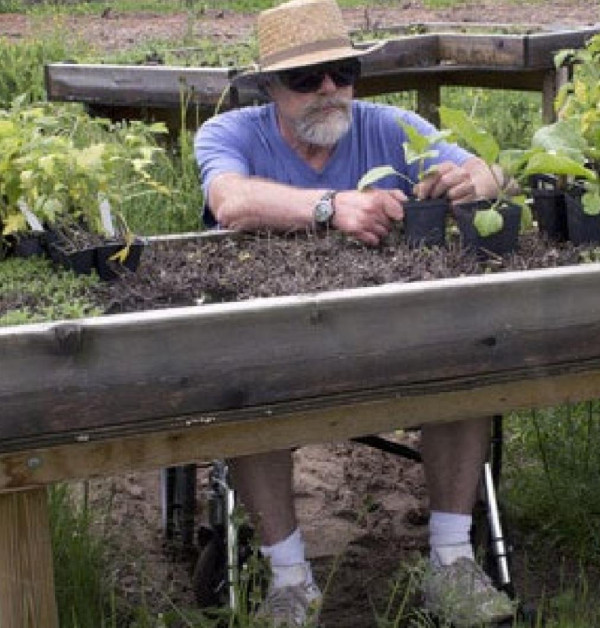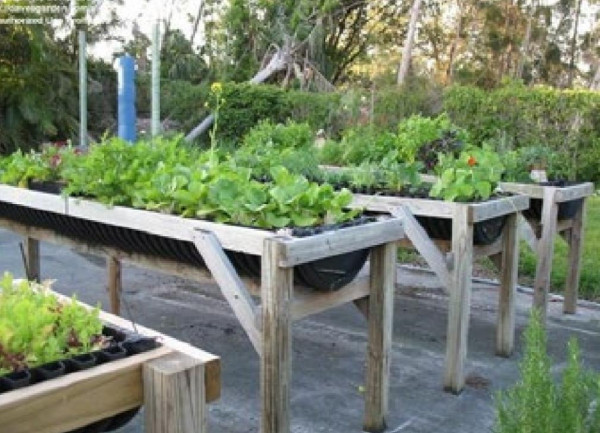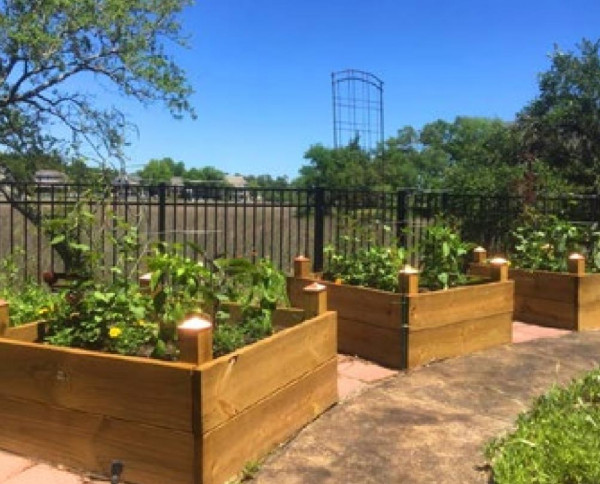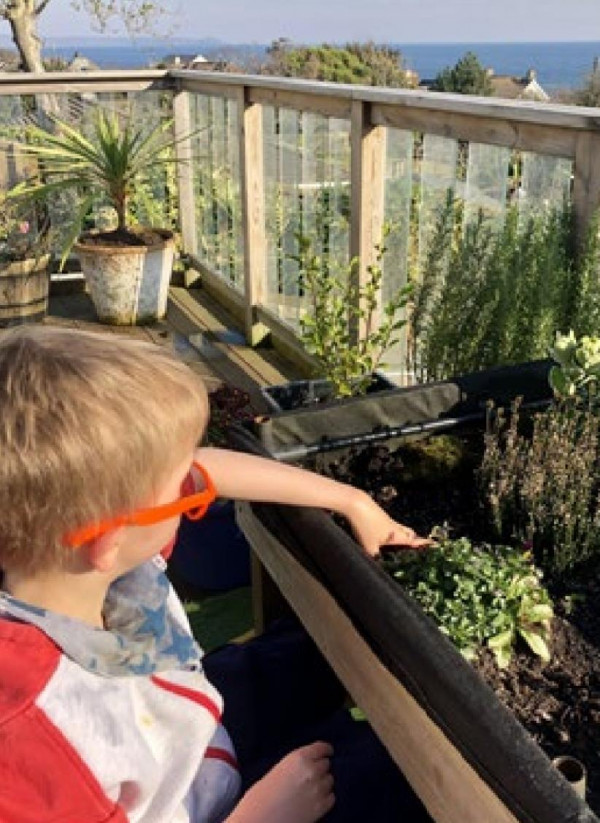How to garden from a wheelchair




Gardening is a wonderful activity that people from all walks of life enjoy. A garden full of fresh fruits and vegetables and/or beautiful blooms can instill a sense of pride in gardeners and turn their backyards into colorful, peaceful respites.
Anyone with the will to do so can plant their own garden, and that includes people who are confined to wheelchairs. Gardening from a wheelchair may present some unique challenges, but such obstacles are no reason for wheelchairbound gardening enthusiasts to steer clear of this rewarding activity.
In recognition of the challenges of gardening from a wheelchair, the Christopher & Dana Reeve Foundation offers the following tips to wheelchairbound gardening enthusiasts.
• Match the garden to your abilities. The Reeve Foundation notes that trying to push beyond your limits can affect how much you enjoy gardening. Address issues that may impair how you can function in the garden, such as accessibility. For example, if the garden is far away from the physical structure of your home, you may feel exhausted by the time you get to the garden, which can affect your productivity and progress. Prior to starting a garden, consider the potential that such issues may arise and then try to build a garden that makes it easy to overcome them.
• Consider raised beds. The Reeve Foundation highly recommends raised beds for anyone gardening from a wheelchair. When designing such beds, make sure they’re narrow so they can be conveniently accessed from your wheelchair.
• Consider hanging baskets. Hanging baskets also can be a great option for anyone gardening from a wheelchair. Hanging baskets can provide aesthetic appeal inside and outside of a home, and such baskets can be accessed with a pulley system that makes it easy for gardeners to prune and water plants.
• Use specialized tools. The online medical resource Verywell Health notes that various manufacturers have recognized there’s a market for adaptive gardening tools. Such tools make it easier for people in wheelchairs to indulge their passion for planting. Adaptive tools like trowels, cultivators and hoes can make it easier for gardeners to perform all the standard gardening tasks. Ergonomic adaptive gardening tools can help gardeners avoid the joint pain that can arise from using more traditional, nonergonomic tools.
• Make it a team effort. Gardening with a loved one can make the hobby even more enjoyable for anyone, including people gardening from their wheelchairs. Seniors can garden alongside their grandchildren and/or friends who also have mobility issues, ensuring no one gets too tired or falls behind.
Anyone can enjoy gardening, and that includes people in wheelchairs.

